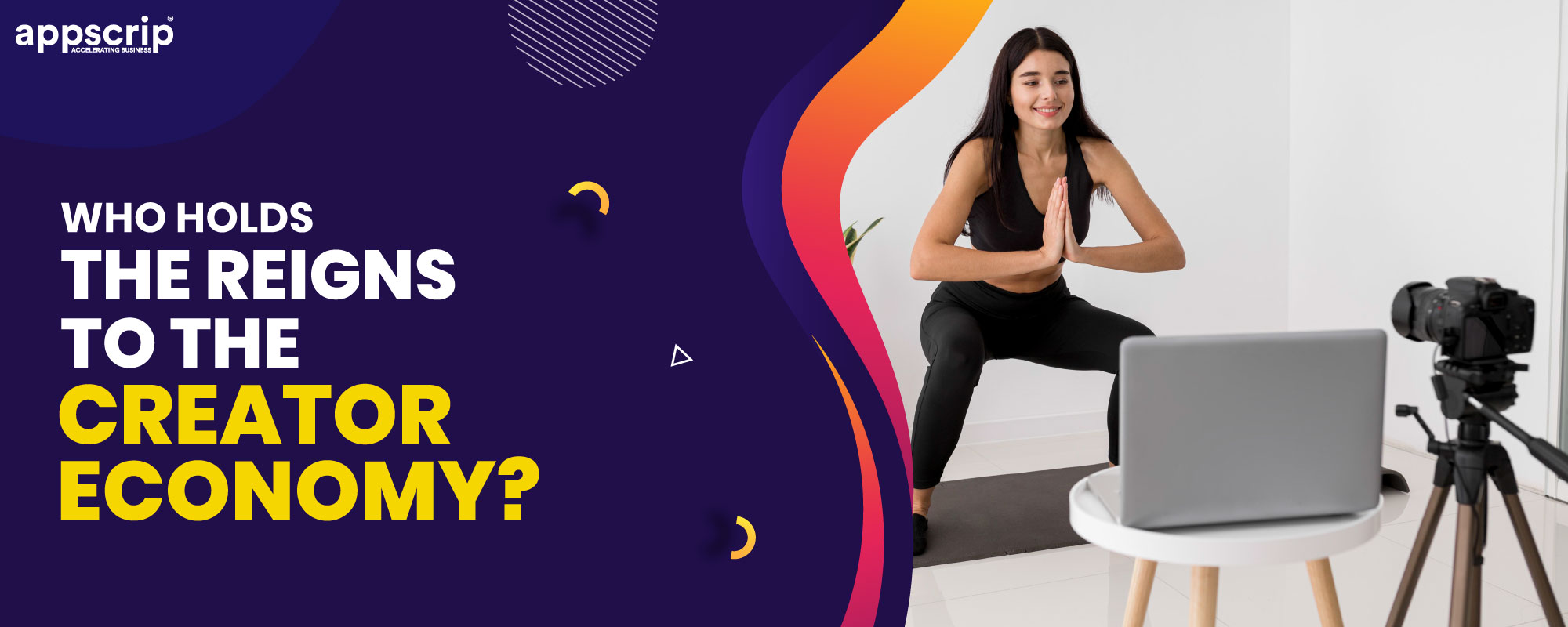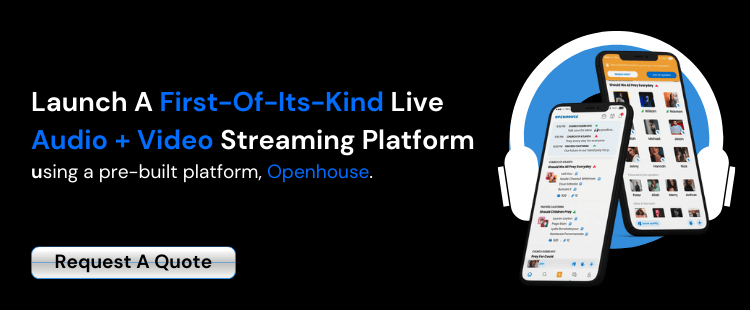What is the creator economy trends?
Content creators include social media influencers, bloggers, and videographers. Creator economy is a class of business built by over 50 million independent content creators, curator and community builders. There are software tools and finance tools to assist them with growth and monetization.
Around 50 million people call themselves as creators despite the fact that the creator economy incepted a decade back. It is one of the fastest growing microbusiness in the world.
A survey conducted among American teenagers found that 29% of them yearn to be a YouTube star, while only 11% dream to be astronauts.
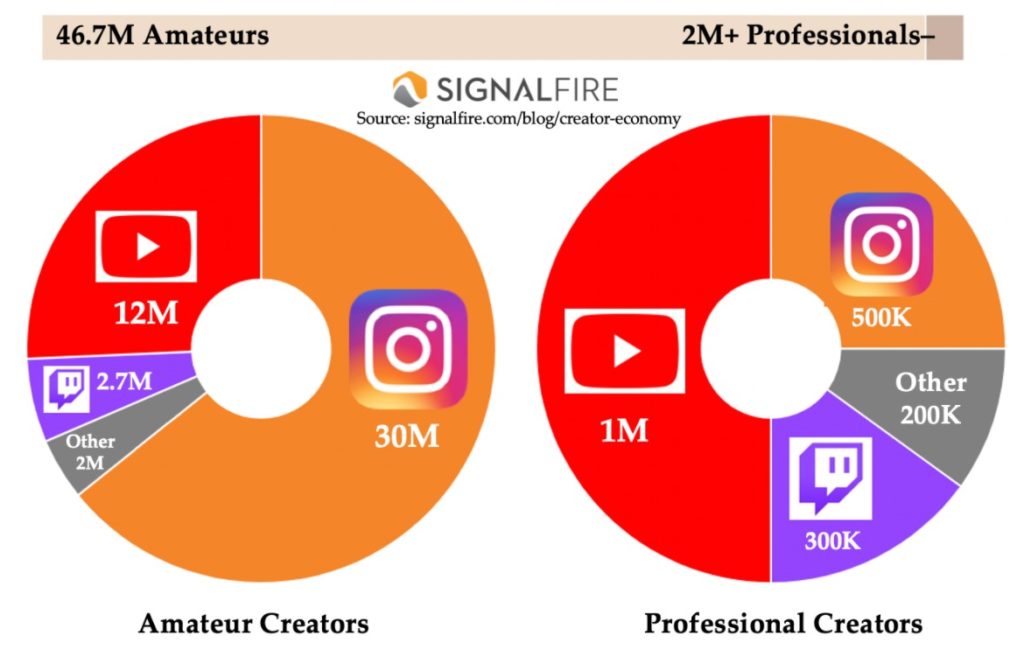
Content creators can earn money through platforms like YouTube, Instagram, OnlyFans, TikTok, Snapchat, Twitch, Substack, and Patreon.
How Content Creators Earn
Creators have diversified how they earn money. Some of the ways creators make money include:
- Selling digital content
- Sharing ad revenue
- Creating / sharing sponsored content
- Product placement
- Receiving subscriptions
- Receiving tips
- One-off sales or donations or money from fans
- Money from a fan club
- Engaging in affiliate marketing
- Charging for courses
- Selling fan engagement
- Shout-outs
- By selling merchandise
- Via Live and virtual events
Top Creator Economy Trends
- Creators are slowly but surely herding their prized fans off social media networks. They are now being onboarded on to their personal websites, apps, that possesses necessary monetization tools.
- Creators are transforming to founders. They are building teams and assembling tools that will help them launch businesses while giving necessary importance to their craft.
- Creators are gaining power as they have the clout and power. In the media ecosystem fans are eager to connect with individual personalities rather dialogue with faceless publishers.
Who Controls The Creator Economy Trends?
Who do you think essentially controls the creator economy? The porn industry knows the answer.
If you think it is the creator platforms, you got it all wrong. The show’s managed by the banks, payment gateways and financial institutions.
The porn industry is transforming into a social media platform slowly. Adult influencers have clout over the masses. They navigate closed platforms and change rules. But then you have the banks, credit card companies and pay-out providers. They behave like moral policemen and self-appointed judges.
During Barack Obama’s times, the banks and Department of Justice together infamously shut down bank accounts of several hundreds’ of adult entertainers across the US.
The operation was code named “Operation Choke Point”. But this had a cascading effect on 30 industries. Most importantly adult entertainers were orphaned out of the financial system.
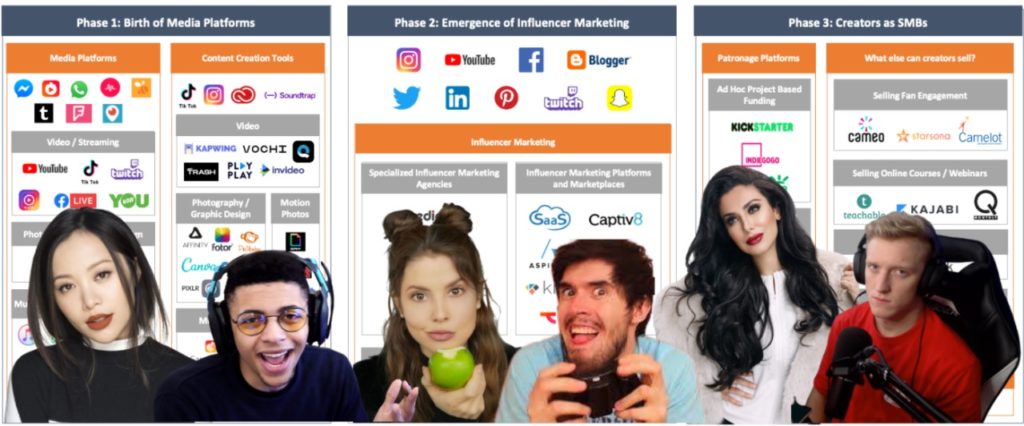
Controller Of The Creator Economy
A similar stand was taken by OnlyFans last year, when they decided to ban “explicit content”. But what followed was a huge uproar from the creators’ community. This compelled them to do a volte-face.
But OnlyFans turned around and pointed the finger at their “banking partners and pay-out providers” saying they were coerced to take such a stand because of them.
OnlyFans don’t give away the names of the banks they work with. Hence there’s no way to know which are the policies being violated.
This dearth of clarity is hurting more than a few people and it’s intentional.
And the effect is such that any sort of nude form is suffering censorship. And censorship rules seems to be formulated off the cuff and are subjective. PayPal did not have any particular policy when it came to sexual labour for a long time. But now they too seem to be creating issues randomly.
Payment Gateways That Rule
Some others like Stripe and Big Cartel do not have any thing officially laid out. But they are known to dictate what can be posted on Social Media. Stripe is accommodating at certain times and with some creators. They let some creators post adult content on the Social Media.
This is weird and not acceptable because there’s a bigger problem lurking in the dark. Payment providers have taken it upon themselves to decide what art is or what can be posted and what is offensive.
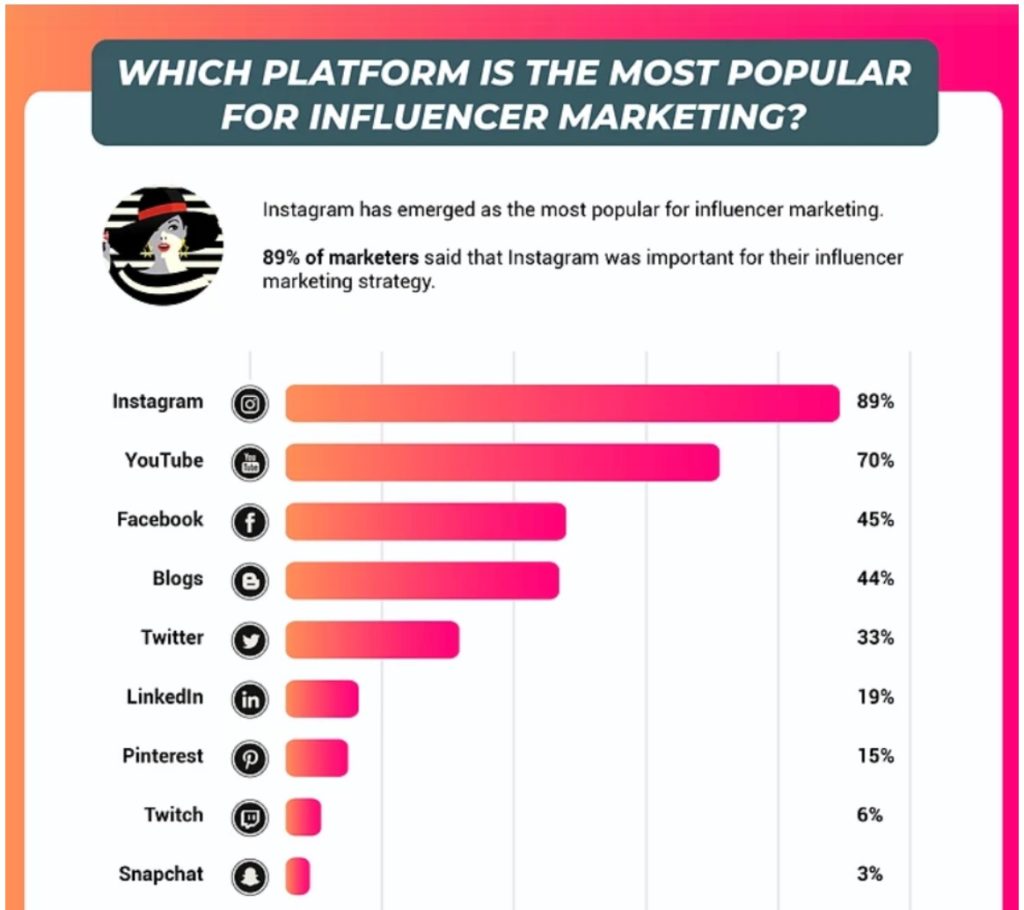
These are early signs of what is coming. Creators are being strangled if they aren’t “aligned” to the platforms and banks that hold their money. Governments, social media and payment platforms have the collective responsibility to figure a way out of them conundrum. And without any remission, rules need to be transparent.
Communication among all parties need to be crystal clear.
A Brief History Of The Creator Economy
Creators have a massive role and responsibility in our times and culture. They are a reflection of the freedom that has been granted to individuals. That should not be trampled upon by someone who holds reigns to the remuneration that is theirs. They should not be left to the mercy of the financial institutions.
Firstly let’s get to understand the evolution of the creator economy. These can be basically divided into 3 distinct stages built on each other.
-
Layer 1: Foundational Media Platforms
Most of us were witness to the birth and growth of platforms such as YouTube, Instagram, Twitter, Snapchat, Medium, Twitch, Spotify, TikTok, etc. Platforms help discovering creators and to establish an audience who invest time in recommendations and curate algorithms. This solved distribution problem for creators.
Creators also wriggled out of the strangle-hold of large production houses who earlier decided on the kind of content to be produced and for whom.
Platforms also provided multimedia editing tools to help creators polish their content. But platforms do not have the best interest of content creators. Smart creators cross-promote and diversify their presence so as not to be vulnerable by being on one platform alone.
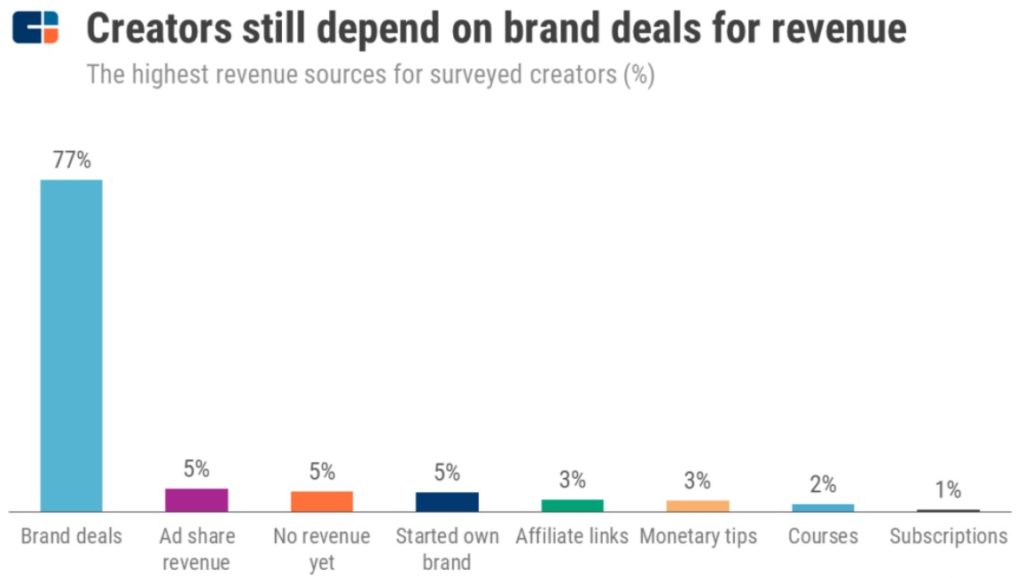
-
Layer 2: Monetizing Influencer Reach
Creators are harnessed for their on-platform reach to advertise products and services. Top creators have good rapport with their audience and are trusted by them. Therefore brands recognize the ROI of paying creators.
The influencer market is one of the fastest-growing business sectors worth $8 billion in TAM. There are several firms supporting this ecosystem that includes: influencer agencies, sponsorship marketplaces, talent representatives, and more.
Creators work with sponsors they are comfortable with, without sacrificing quality to push a corporate message. But influencers noticed that with each post the trust they earned is diminishing. This heralded a new stage.
-
Layer 3: Creators as businesses
Creators realized that they can become full-fledged businesses with multiple revenue streams beyond ads. Now firms are ready to help creators earn money by selling products. Or sell services such as fan engagement, coaching, consulting, speaking engagements, etc.
This lets creators focus on delighting their biggest fans and making more unique niche content, rather than seeking audience and making generic content.
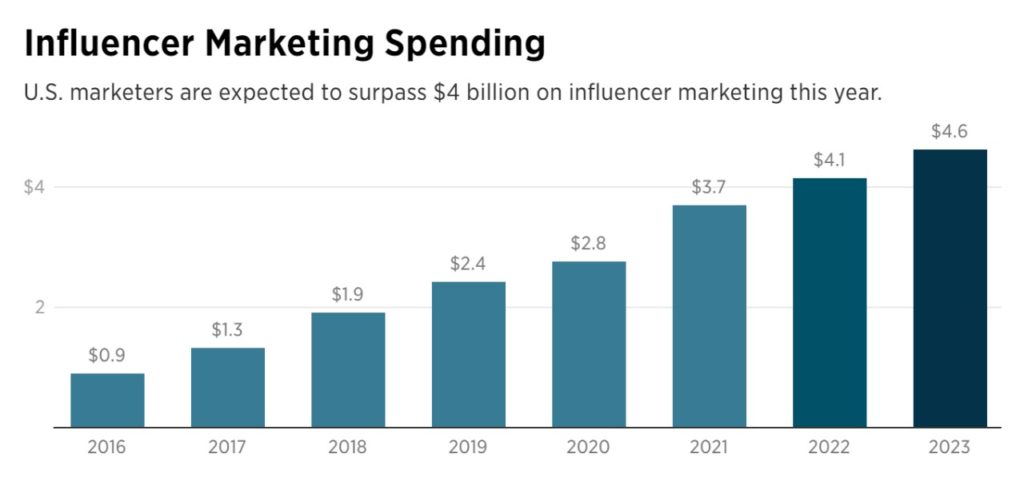
Creators are the new founders
Creators love to create. As their audience grows and they expand their revenue channels, the burden of managing their business grows heavier. Startups will dominate the next stage of this evolution. These will empower creators to monetize while they stay focused on creating content.
A creator needs to be both an artist and a founder. The role involves product management, design, community engagement, ecommerce, and data science but primarily an entertainer. Your team should help you build a diversified business across platforms.
Creators become less vulnerable to shifts in priorities by owning the direct relationship with their fans. Each creator can assemble a different balance of revenue streams to match their style, no matter the niche.
That’s a win-win situation as creators catering to esoteric interests can build a sustainable career. There are enough creators to support an ecosystem of startups helping them turn their passion into a profession.
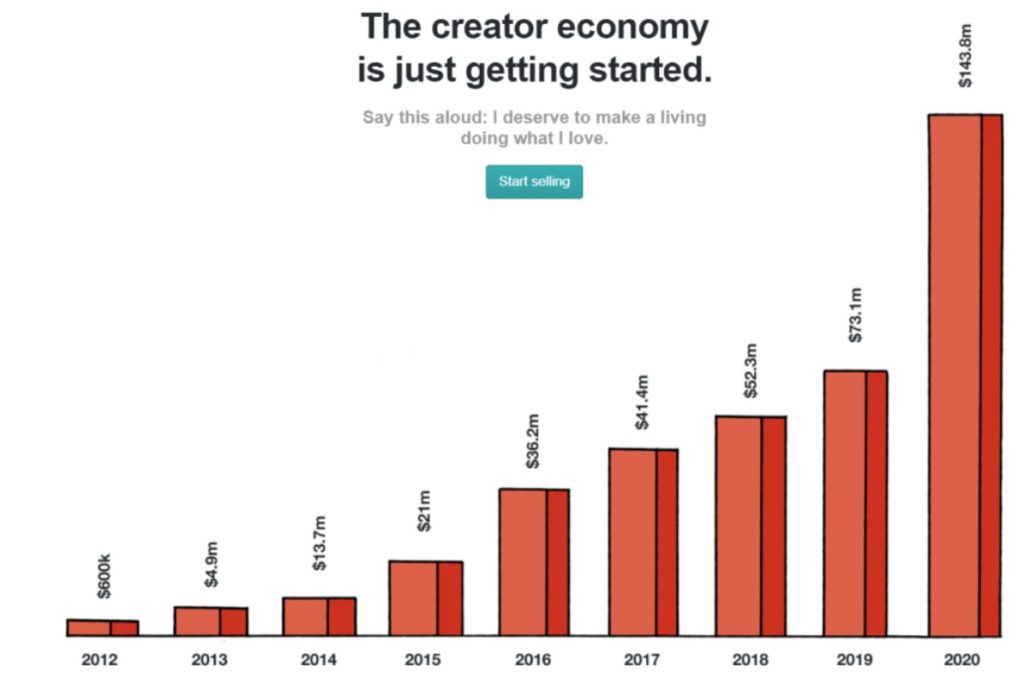
Types of Creator Content
There are various types of creator content, a selection of which includes:
- Live video
- Infographics
- Memes
- Videos/vlogs
- How-To guides
- Courses
- Photos, illustrations, and other images
- Newsletters
- Blog posts
- Comics / cartoons
- Podcasts
- Slideshows
- Webinars
- Literary works
After an Engineering degree and a Diploma in Management I devoted 16+ years working in the automotive industry. My innate skill and extreme passion in writing, encouraged me to adopt it up as a profession. I have been writing for more than 10+ years in the software industry. The 400+ blogs I published are informative, exhaustive and interesting to a professional and causal reader.
